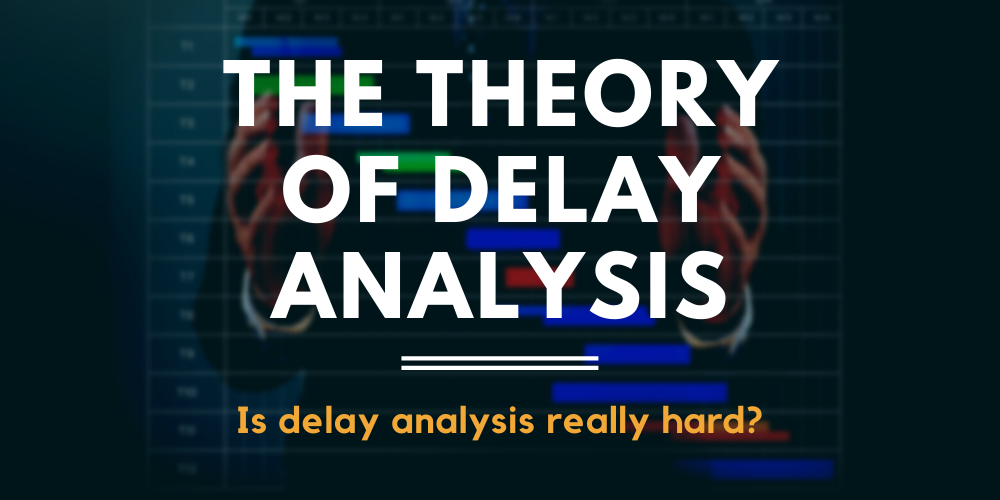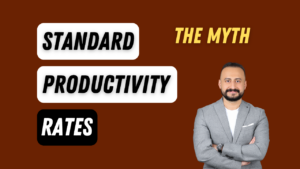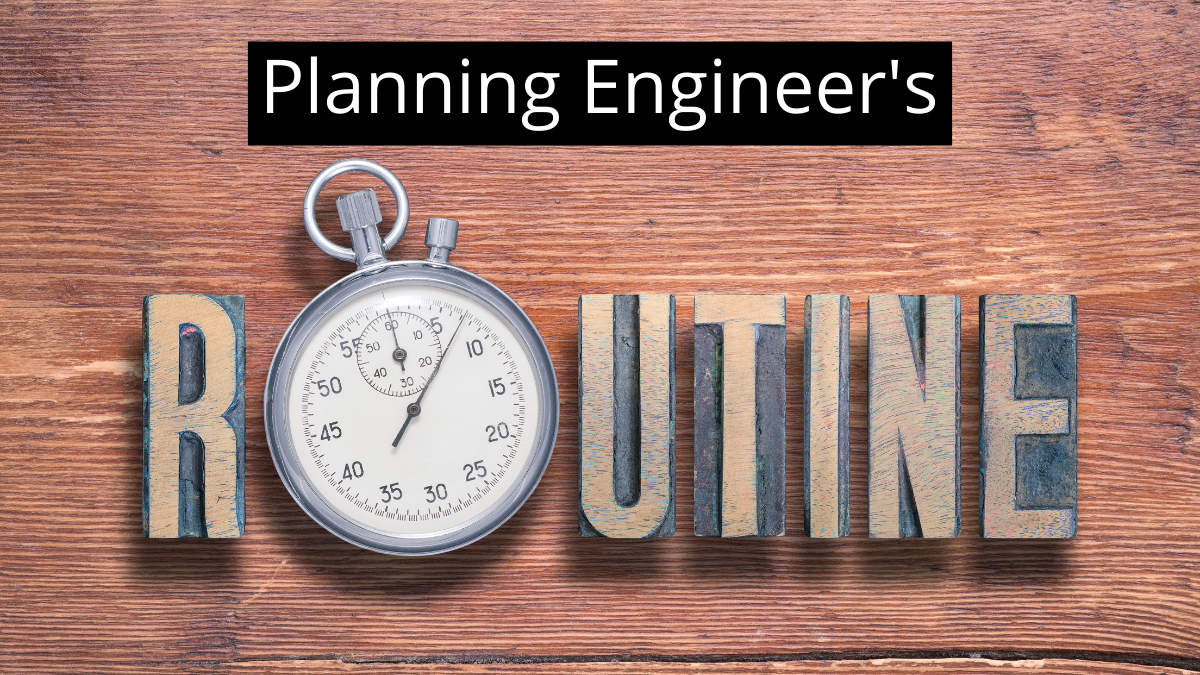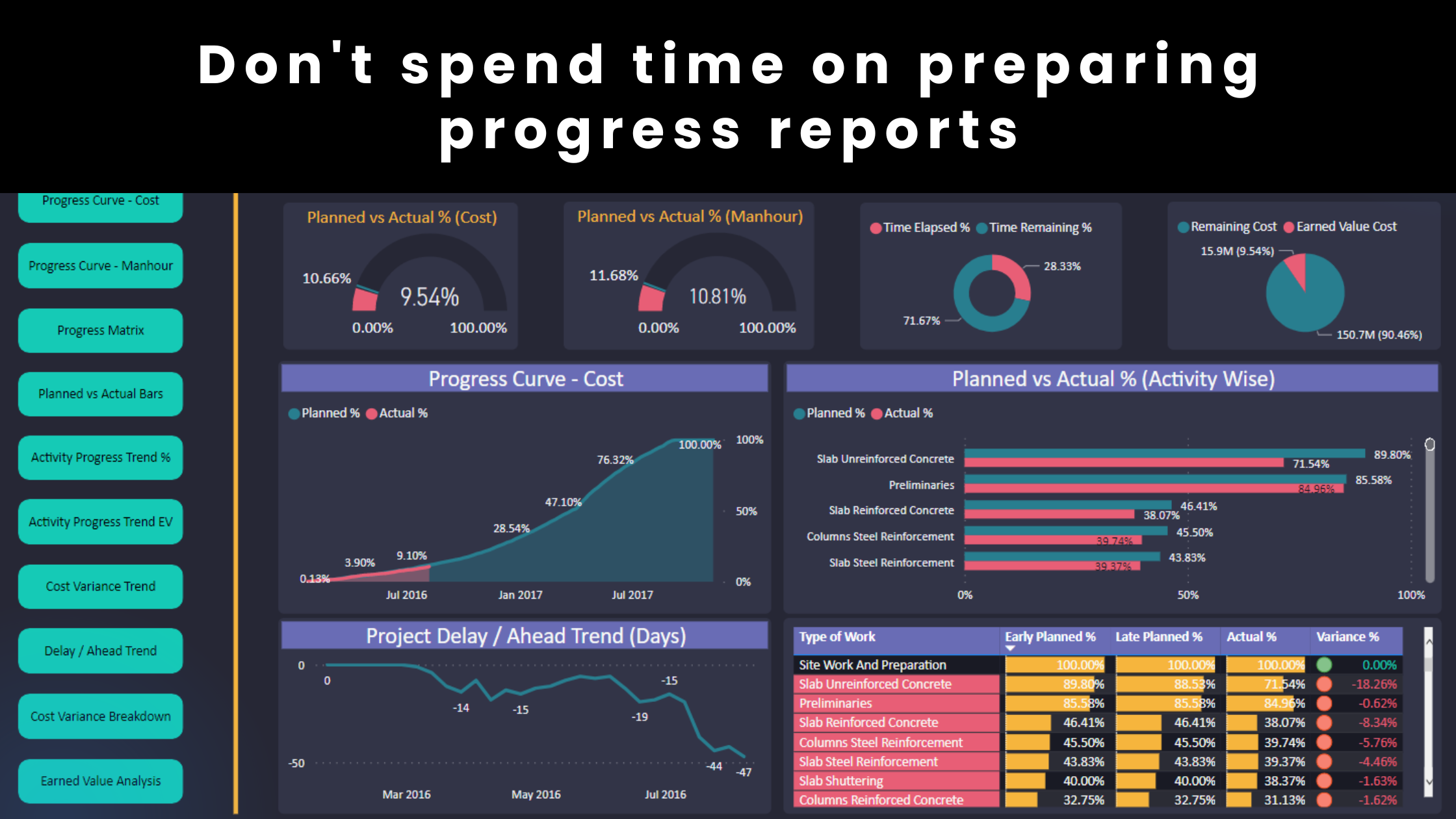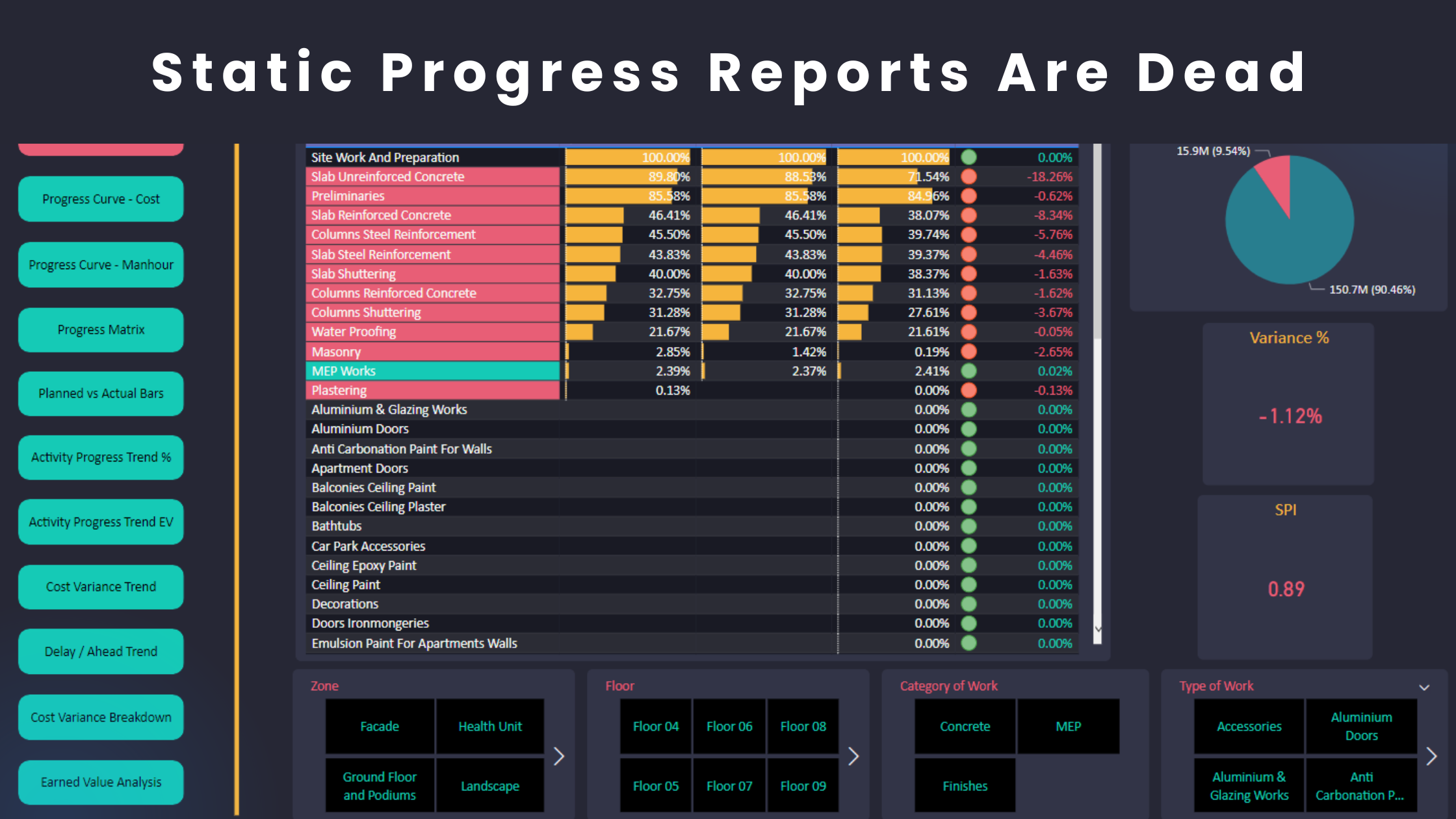Imagine you are walking in the street and saw a car accident. The first question you would probably ask yourself is: WHAT HAPPENED? Your brain forces you to create scenarios to better understand how the “damage” occurred through a language the brain can understand. This language is based on logical steps or actions which are developed in order and can be further supported with an imaginary visual simulation or modeling. At the same time, an accident witness approaches you and starts explaining what happened. “The car was running at speed of 100 km/hr then hit the barrier,” the witness said. The theory of delay analysis at its core is not any different from the accident example.
Delay analysis from a scientific point of view
Explaining how the brain neurons work is far beyond the scope of this article although it might be interesting to learn how the human brain functions on your own. A project with 2 weeks of delay beyond the original completion date is just a conclusion that is similar to the accident damage you saw. We cannot understand the delay (damages) until we are provided with additional information which the brain can easily understand and verify. To evaluate the project delays, you need to develop a supportive argument that is similar to what the accident witness provided on a more complex level. You need to model the impact of delay events in logical steps as you progress throughout the project. You should also substantiate your pieces of evidence, demonstrate the cause and effect and follow all other best practices for a strong claim case. Moreover, you should present your claim in a way that is similar to the witness’ statement; a story that is easy and pleasant for the human brain to understand, follow and verify.
 .
.
Engineers’ way of thinking
Delay analysis is not difficult but most Engineers are used to having a binary way of thinking. Back in college, we evaluated our effort to solve a problem through a “final answer” which can be either right or wrong. An Engineer wants certain givens to carry out structural calculations and then determine the outcome that is either “safe” or “unsafe“. Delay analysis is not magic but has always been regarded as one of the top complicated topics in construction claims. In my opinion, the reason is that there is no “one size fits all” process to assess damages in construction projects. On the other hand, Engineers feel comfortable having a structured and systematic approach with expected binary results. For example, a colleague shows you how he demonstrates the cause and effect in his claims but his approach might be different from yours. Although you also address the cause and effect in your claim, you still feel something is missing or “imperfect“. When we experience similar feelings in life, our brain neurons try to re-arrange our thinking patterns in this area. As a result, we start questioning the whole process we develop our claims. Delay analysis is not a “one size fits all’ and there is no compulsory or standard approach for it. This is possibly why Engineers also hate marketing because it requires creativity, out-of-box thinking, testing different strategies and leaving your “perfectionism” behind.
How does the brain develop claim responses?
You need to use common sense, logic and fairness for both evaluating schedule delays and writing your narrative. Back to the accident example, there wasn’t a standard or must-follow approach to model the damages of this accident. Someone could just explain it using a combination of words and hand gestures. Another one might try to create a video that simulates what happened a few seconds before the accident. It doesn’t really matter what the person exactly did to convince you as long as it is an easy-to-follow and structured story that offers a logical conclusion. You might also have challenged the simulation and told the accident witness that the damage wasn’t so serious. The car must have run at a much slower speed to cause this amount of damage. This is exactly what a claim reviewer would argue with you. Your claim story just didn’t resonate with the entitlement you are asking for.
To sum up, there are some techniques that can help in your assessment but you are the author of the story. There is no perfect A to Z approach that has to be followed in every situation all the time. Determine what will work in your particular case and create your own story that is based on common sense and logic.
Learn More!
Check out our comprehensive courses
Regards,
Osama Saad, MBA, PMP, PSP, PMI-SP
